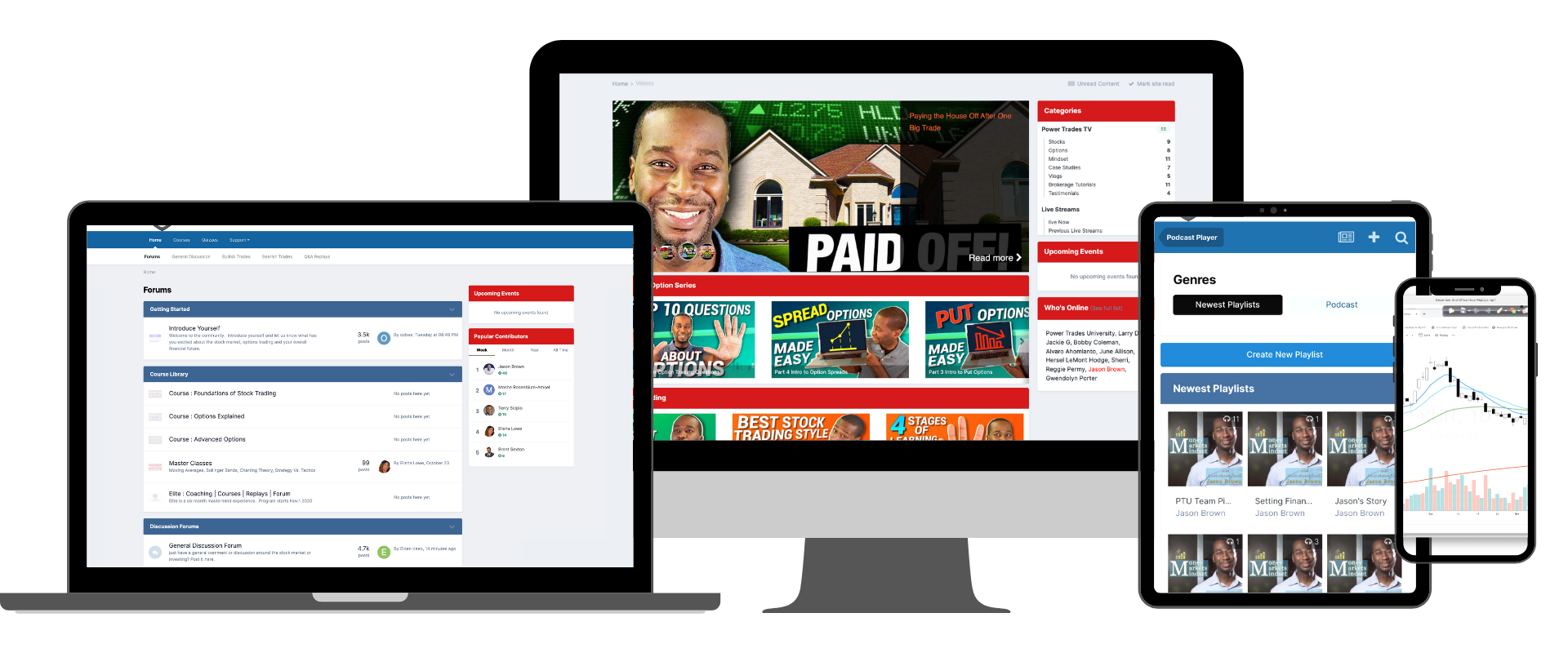What does that even mean?
In order to truly understand what the PDT (Pattern Day Trader) Rule is, we need to break down a few definitions for you.
Then we can get into what it is, and how to get around it with a small account.
Check out the video below.
Let's break it down...
A day trader buys and subsequently sells financial instruments like stocks, options, etc within the same trading day.
FINRA (the Financial Industry Regulatory Authority) is an independent organization that enforces rules governing register brokers and broker-dealer firms in the US.
FINRA has classified a "Pattern Day Trader", and these are for day traders who day trade more than a certain amount of times.
A Pattern Day Trader is a trader who executes four or more day trades over the span of five business days using a margin account.
You can do 3 within a business week, but after you do 4 you are now a Pattern Day Trader.
You must have at least a total $25,000 of assets in your account. Meaning you could have $15,000 in cash and $10,000 in a trade already, but combined it makes up $25K.
If you drop below the $25K your account will flash red and if you don't make it, your account will be restricted from day trading.
You can still place trades, but you can't exit them in the same day.
What if You Have a Smaller Account?
What if you don't have $25,000 in your account and want to day trade?
1. Only place 3 trades in 5 business days
2. Open several accounts
-You can put $5K in one account and another $5k in another account (as an example) and now you can place up to 6 day trades within 5 days. This allows you to have less in your account and still be able to trade more until you get up to $25,000.
If you are looking for ideas of potential day trades, join us inside of Power Trades University.

